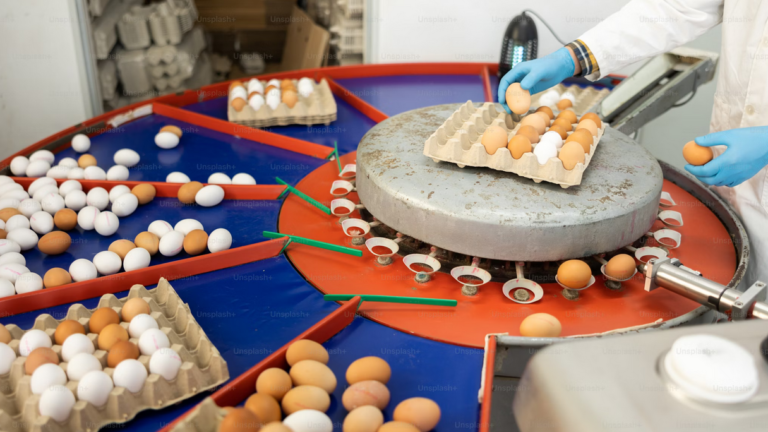Throughout human history, food has not only been a necessity for survival but also a cultural cornerstone that reflects the evolution of societies and civilizations. From ancient times to modern-day gastronomy, popular dishes have emerged, evolved, and transformed, influenced by factors ranging from geographical location to trade routes, technological advancements, and cultural exchanges.
One of the oldest known examples of popular dishes dates back to ancient Mesopotamia, where early civilizations cultivated grains like barley and wheat, which formed the basis of their diet. These grains were ground into flour and combined with water to create flatbreads, which were baked on hot stones or in primitive ovens. This simple yet revolutionary culinary technique laid the foundation for what would later become a global phenomenon: bread.
As trade routes expanded during the classical era, culinary traditions began to intertwine. The Silk Road, for example, not only facilitated the exchange of goods and ideas but also introduced new ingredients and cooking methods to different regions. Spices from Asia found their way into Mediterranean cuisine, while olive oil and wine spread eastward. These exchanges not only enriched local cuisines but also gave rise to new dishes that blended flavors and techniques from diverse cultures.
The Middle Ages saw the emergence of courtly feasts and banquets across Europe, where elaborate dishes were prepared to impress guests and showcase the wealth and power of noble families. Roast meats, stews, and pies became staples of medieval cuisine, often flavored with exotic spices like cinnamon, cloves, and nutmeg imported from the Far East.
During the Age of Exploration in the 15th and 16th centuries, European sailors ventured to distant lands, bringing back a wealth of new foods that revolutionized culinary traditions. The Columbian Exchange, for instance, introduced potatoes, tomatoes, maize, and chili peppers to Europe, forever altering the continent’s gastronomic landscape. These new ingredients quickly became integral parts of local cuisines, giving rise to iconic dishes such as Italian pasta with tomato sauce, Spanish paella, and French bouillabaisse.
The Industrial Revolution in the 18th and 19th centuries brought about further changes in how food was produced, processed, and consumed. Advances in transportation and refrigeration allowed for the widespread distribution of perishable goods, leading to the rise of urban markets and the availability of fresh produce year-round. Canning and preservation techniques also made it possible to enjoy seasonal foods outside their natural harvest times, further diversifying culinary options.
In the 20th century, rapid globalization and mass migration led to the fusion of culinary traditions from around the world. Cities like New York, London, and Paris became melting pots of cultures, where immigrants introduced their native cuisines and ingredients to local populations. This cultural exchange gave birth to iconic dishes such as American hamburgers and hot dogs, Indian curry in the UK, and sushi in the United States.
Today, the evolution of popular dishes continues to be shaped by a myriad of factors, including technological innovations, health trends, and environmental concerns. The farm-to-table movement, for example, emphasizes the importance of locally sourced ingredients and sustainable farming practices, while advancements in molecular gastronomy have pushed the boundaries of culinary creativity.
Social media and the internet have also played a significant role in popularizing certain dishes and food trends, with viral recipes and food blogs influencing what people cook and eat. From avocado toast to cronuts, these culinary phenomena reflect not only changing tastes but also the power of digital platforms to shape food culture in real-time.
Looking ahead, the future of popular dishes is likely to be defined by a continued focus on sustainability, health, and cultural diversity. As consumers become more conscious of their food choices, there is growing demand for plant-based alternatives, locally sourced ingredients, and ethically produced foods. At the same time, chefs and food enthusiasts continue to experiment with global flavors and innovative techniques, ensuring that the evolution of popular dishes remains dynamic and ever-changing.
In conclusion, the history and evolution of popular dishes are a testament to the ingenuity, creativity, and adaptability of human culinary traditions. From ancient bread-making techniques to modern-day food trends, these dishes not only nourish our bodies but also tell the story of our shared cultural heritage and interconnected world. As we continue to explore new flavors and cooking methods, one thing remains certain: the journey of popular dishes is far from over.





